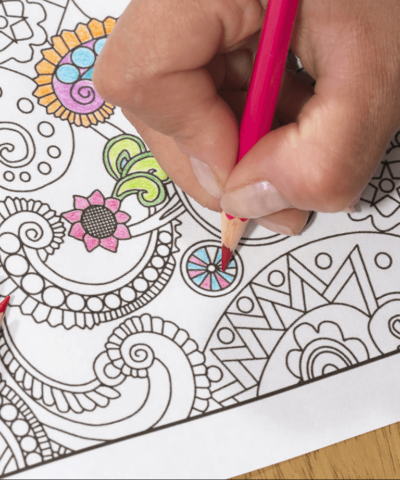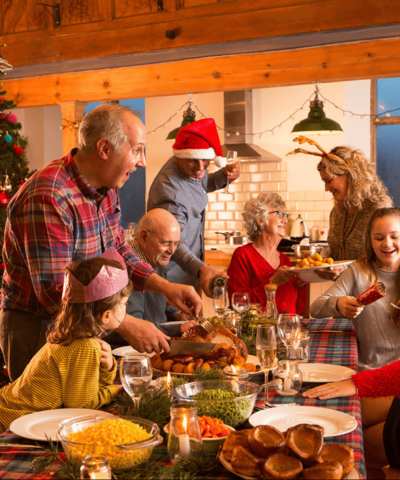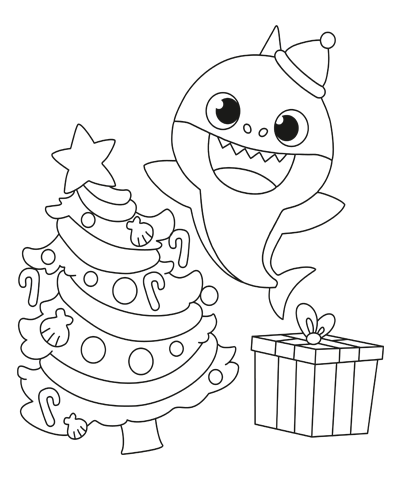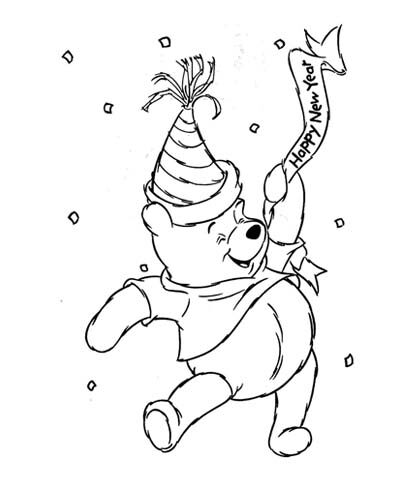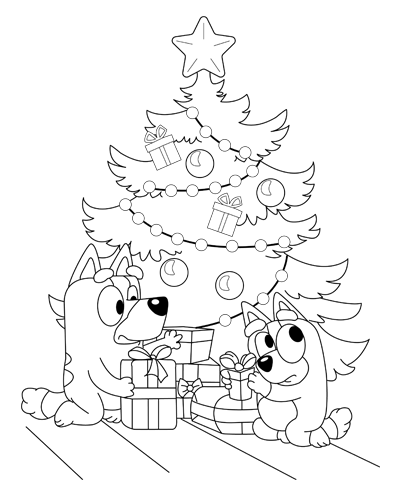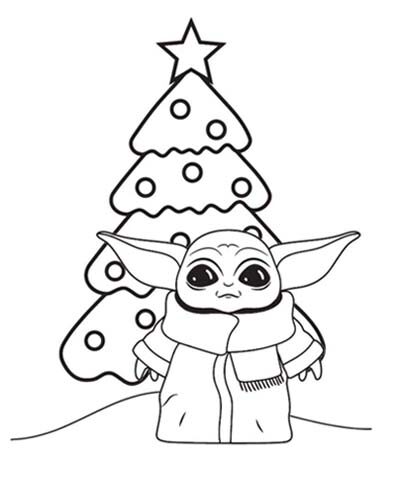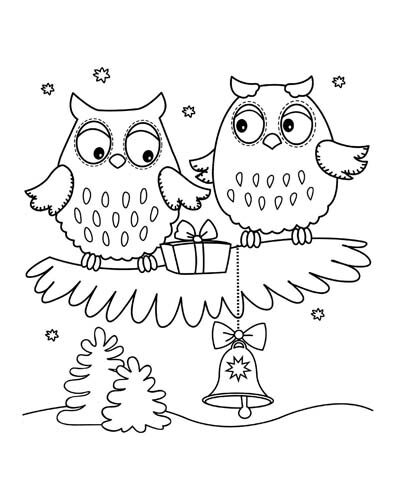The Symbolism Behind Christmas Colors: Red and Green
The Christmas season is upon us, and as we decorate our homes with lights and ornaments, we can’t help but notice the prominence of two colors: red and green. But have you ever stopped to wonder why these colors are so prevalent during the holiday season? In this article, we will explore the meaning behind the Christmas colors and find out why are Christmas colors red and green.
The Origins of Red in Christmas Decorations
Red is a bold and attention-grabbing color that has been used in Christmas decorations for centuries. The origins of red in Christmas decorations can be traced back to the Christian faith, where it represents the blood of Jesus Christ, shed during his crucifixion. This color symbolizes love, sacrifice, and the ultimate act of selflessness.
In addition to representing the blood of Christ, red also signifies the warmth and coziness of the holiday season. It’s the color of Santa Claus’s suit, the color of holly berries, and the color of a crackling fire in the fireplace. Red is a festive and joyful color that reminds us of the love we share with our family and friends during the holiday season.

The Origins of Green in Christmas Decorations
Green is another popular Christmas color that has been used in decorations for centuries. It represents renewal, growth, and the promise of new beginnings. In the Christian faith, green is also associated with the everlasting life promised to believers.
Green is the color of the Christmas tree, which is one of the most recognizable symbols of the holiday season. It’s also the color of mistletoe, which is a plant that represents peace and goodwill. Green reminds us of the beauty and wonder of nature, and it brings a sense of calm and tranquility to our homes during the hectic holiday season.

Interesting Christmas Facts:
- Red and green weren’t always the dominant colors of Christmas. In the early Christian church, white and gold were the traditional colors of the season.
- The first artificial Christmas trees were green because they were made from dyed goose feathers.
- In Japan, Christmas is associated with the color red and the figure of Santa Claus, but it’s not a religious holiday.
- In Mexico, red and green are the colors of the poinsettia flower, which is closely associated with Christmas.
The colors of Christmas hold deep symbolism and meaning that remind us of the love, sacrifice, and renewal that the holiday season represents. Red and green are the dominant colors of Christmas decorations, and they serve as a beautiful reminder of the joy and wonder of the season. Whether you celebrate Christmas for religious reasons or not, the colors of the season can bring warmth and happiness to your home.




